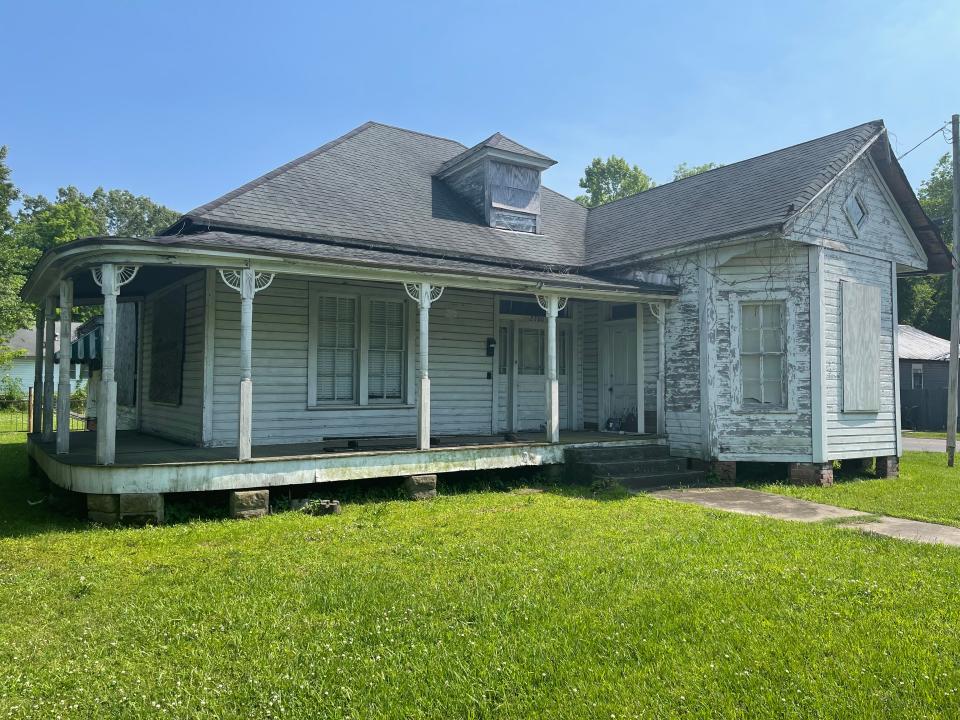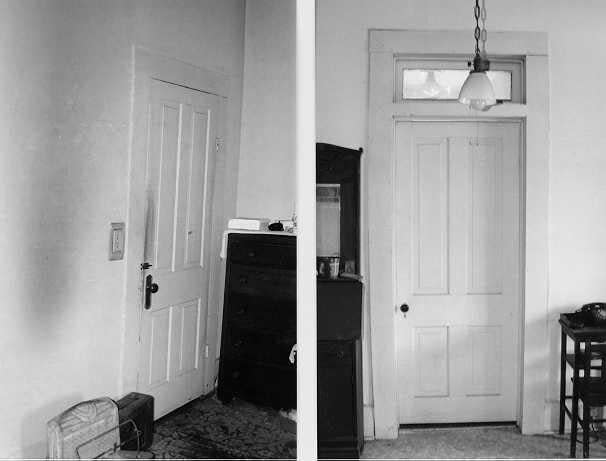Grayson House: Historic home of Black educator Emma Blanche Grayson in Monroe
A historic Queen Anne and Eastlake-style home in Ouachita Parish once served as the residence of a prominent Black educator in Northeast Louisiana.
The Grayson House, located at 2300 DeSiard St., was once the home of schoolteacher Emma Blanche Grayson during the 1930s.
Grayson played a critical leadership role in improving elementary school education for African Americans in rural LaSalle and Richland parishes as a Jeanes supervisor. The Jeanes program, founded by Quaker philanthropist Anna T. Jeanes and black educator Booker T. Washington, helped support education and vocational programs for African Americans in rural communities between 1908 and the 1960s.
Jeanes supervisors supervised and taught teachers in their jurisdiction and fulfilled a number of administrative duties, including raising funds for schools, starting public health programs and coordinating special events such as the yearly Achievement Day, which was an important celebration in black schools throughout the South.

More: Rosenwald Schools educated Black students in early 1900s. Today, some are still standing
Born in 1910, Grayson was educated at Philander Smith College in Little Rock, Arkansas. Her career as a Jeanes teacher in Louisiana is estimated to be from at least January 1931, when she was documented as being in LaSalle Parish, to mid-1937, when she became a supervisor in the Virgin Islands, according to National Register of Historic Places records.
The property was purchased by Grayson's father, Coleman L. Grayson in 1912, when she was two years old. Grayson's father worked at a lumber company, and was able to send her and her sister to teachers' college. Grayson's sister, Annie Grayson Willis, lived in the house until her death in 1997.
The house was added to the National Register of Historic Places on Nov. 11, 1999.
The Queen Anne influence can be seen in the home's massing. The main block has a fairly steep hip roof with a small hip roof dormer. Projecting from the main block, to one side of the façade, is a polygonal bay under a gable end roof.
Solid wood brackets in a curving design accent the corner cuts of the bay, and a diamond shaped window is located in the gable peak. An Eastlake porch under its own roof begins at the bay, sweeps across the front, and then curves around the corner for two bays.
The porch features turned columns with decorative brackets and the original balustrade. Windows are generally four over four and appear singly or in pairs. The window on the front face of the polygonal bay has one large lower pane and a large upper pane divided decoratively by glazing bars.
The floor plan of the original portion of the house is organized around a fairly wide central hall with a dining room at its rear. Two rooms are located to the north of the hall and dining room range and three rooms to the south. The front room to the south is a small one in the polygonal bay, which is accessed from the porch with its own door.

More: Rawls Cabin: Last surviving single pen log house in Ouachita Parish on National Register
The house is plainly finished on the interior, featuring raised panel doors with simple board frames. The walls were originally covered with paper; most rooms are were later sheet rocked or paneled.
Grayson moved to Topeka, Kansas in 1945, after a stint in the Virgin Islands. She became a rehabilitation therapist, married Fred Buckner in 1955 and died in Topeka in 1997 at the age of 85.
The home, which is now vacant, was purchased in 1998 by Rena Hester, an African American woman who grew up in the neighborhood and intended to relocate her legal practice from Baton Rouge to the Grayson House. Attempts to reach Hester for this story were unsuccessful.
Follow Ian Robinson on Twitter @_irobinson and on Facebook at https://bit.ly/3vln0w1.
Support local journalism by subscribing at https://cm.thenewsstar.com/specialoffer.
This article originally appeared on Monroe News-Star: Monroe home of prominent Black educator listed on National Register

